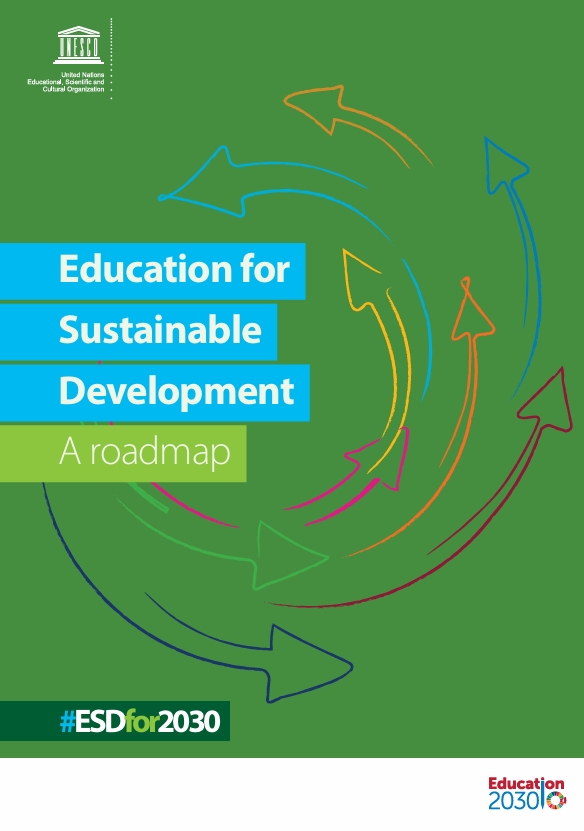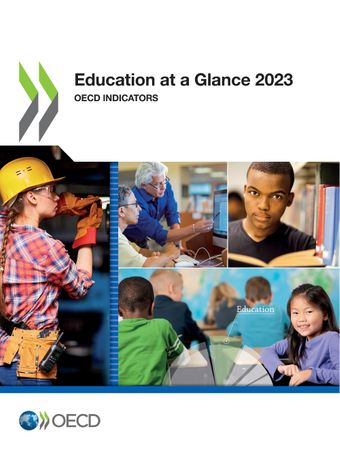States throughout the country are pushing dual-credit programs in which high school students take college courses for both college and high school credit.
Their logic is admirable. Learn higher-order concepts. Save time and money toward a degree by earning transferrable college credits while in public school so you don’t accumulate debt.
And yet, because there’s no external validation in place to ensure that students are mastering “college-level” learning, the policy is fraught with problems; and, worse yet, shaky promises to students that could turn out to be misleading at best.
We’ve recently seen a situation with similar overtones. Credit recovery was a big area of nonconsumption in high schools. Across rural and urban school districts, there were lots of students who needed to make up credits. But for a variety of reasons, there wasn’t always a remedial class available for students who failed a course, which proved problematic as they moved toward their senior year of high school.
To meet the opportunity, districts followed their incentives and deployed online courses to boost graduation rates and make sure students leave with a high school diploma in hand. But because few states tie external, objective assessments for required high school courses to graduation, little attention was paid to the underlying learning happening in online credit recovery courses. While research suggests that online credit recovery hasn’t been the disaster that many media outlets have painted it to be, it hasn’t been transformational either.
Enter dual-credit programs
There is some early research that suggests that “when done well” it can have positive outcomes for students. The rub is the phrase “when done well.”
For students who take concurrent college courses under the belief that those credits will help them graduate faster, they may have a rude awakening. That’s because first-time students who transfer lose 43% of their credits on average. According to the General Accounting Office, “the average credits lost during transfer is equivalent to about four courses, which is almost one semester of full-time enrollment.” The transferring of credits is the toughest, it seems, for community college students.
Worse still, in many high schools, the neighboring community college trains the high school teachers to deliver the community college course. So students aren’t actually taking a college course taught by a college professor with other college students. Is the resulting teaching and learning experience the same as a college course? Who knows, but just as many colleges discount Advanced Placement classes, I have my doubts.
In the absence of external objective measures of performance that help us move to competency-based—or mastery-based—learning that the Carnegie Foundation and ETS are working on, there are other, simpler ways forward in the interim.
Take a real college course for starters. Rather than settle for a college course taught in high school, students can now take the actual college course itself online.
Acadeum—an enrollment platform that allows over several hundred colleges and universities to share their courses online—started offering dual-enrollment opportunities two years ago. High school students in these courses are taking the actual college course, with an actual faculty member, and sometimes with other college students.
What’s more, because over 20 different institutions offer over 3,000 courses to high school students on the platform, students theoretically can take a course from an institution more likely to align with their college and career goals to increase the odds of successful credit transfer. To date, nearly 1,000 high school students have taken advantage of one of these options.
Similarly, Arizona State University Prep Digital—an accredited K–12 online high school where I’m an advisor—offers students in its partner high schools the opportunity to take actual college classes from ASU. And because ASU is a top research institution, credits have a better chance of transferring.
Dual-credit programs in high school are surely well-intentioned. But because there aren’t clear quality standards in place for what they mean, high schools and states that push them risk selling their students a bill of credits that likely lack value. It may end up costing students a whole lot of money they didn’t plan on spending when they enroll in college.






